Using Local Landscape Materials
We aim to create and sustain places that feel rooted in the landscape, that reflect and enhance the lives and pursuits of the people who inhabit them.
Whether we are making new interventions or working with existing structures, the ‘spirit’ and connectedness of a place can be understood better through the senses when we use materials and processes that originate from the land and our activities in it.
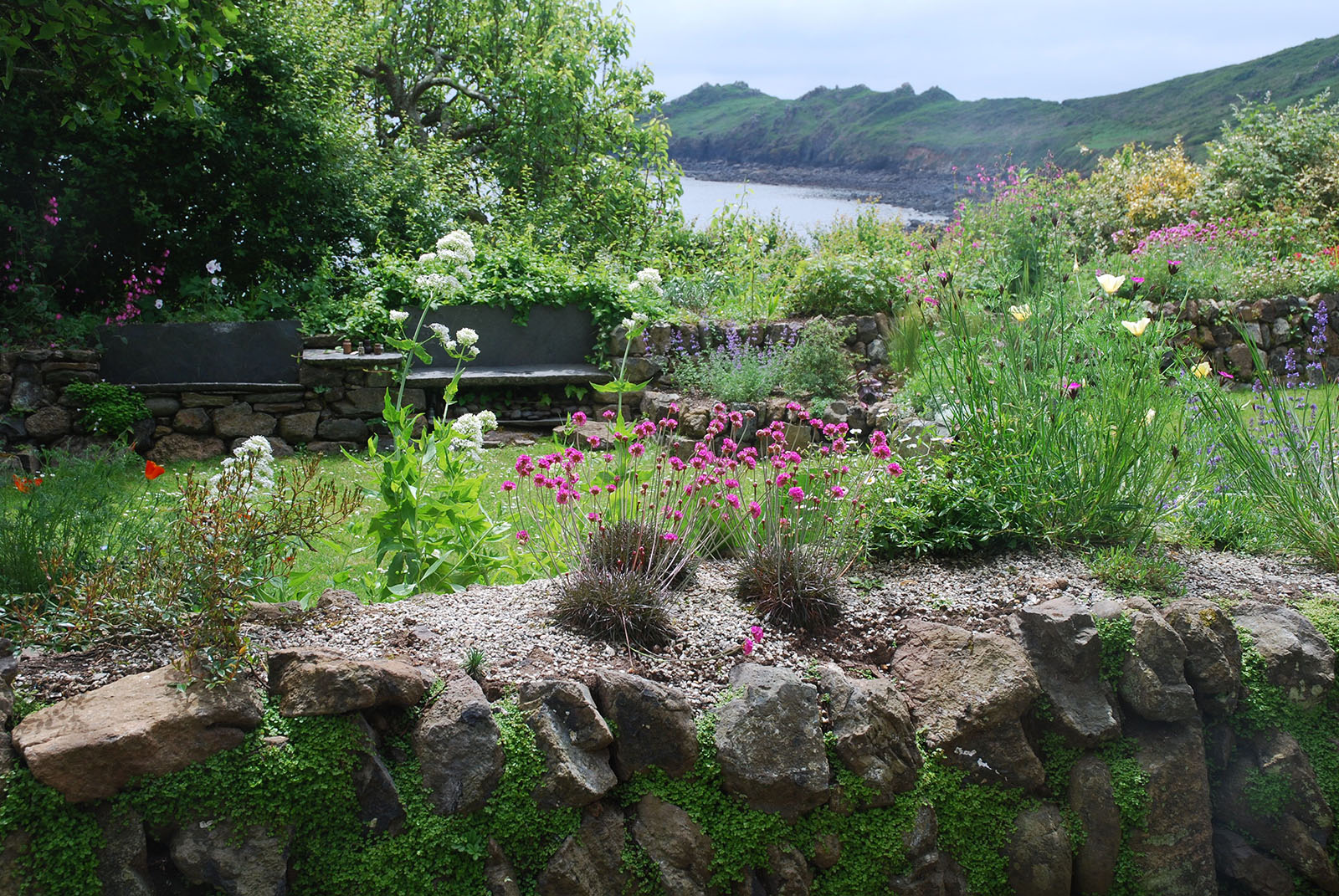
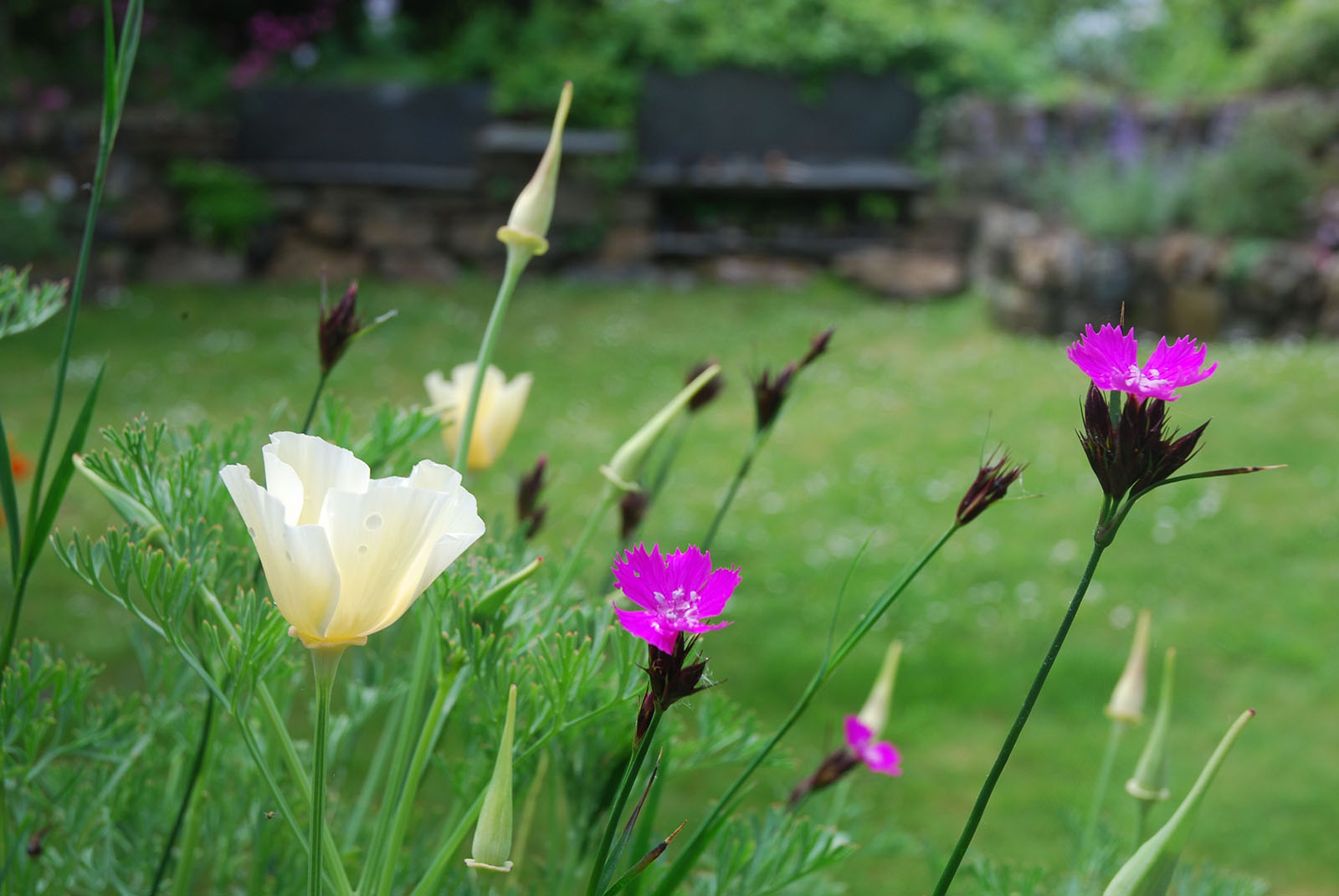
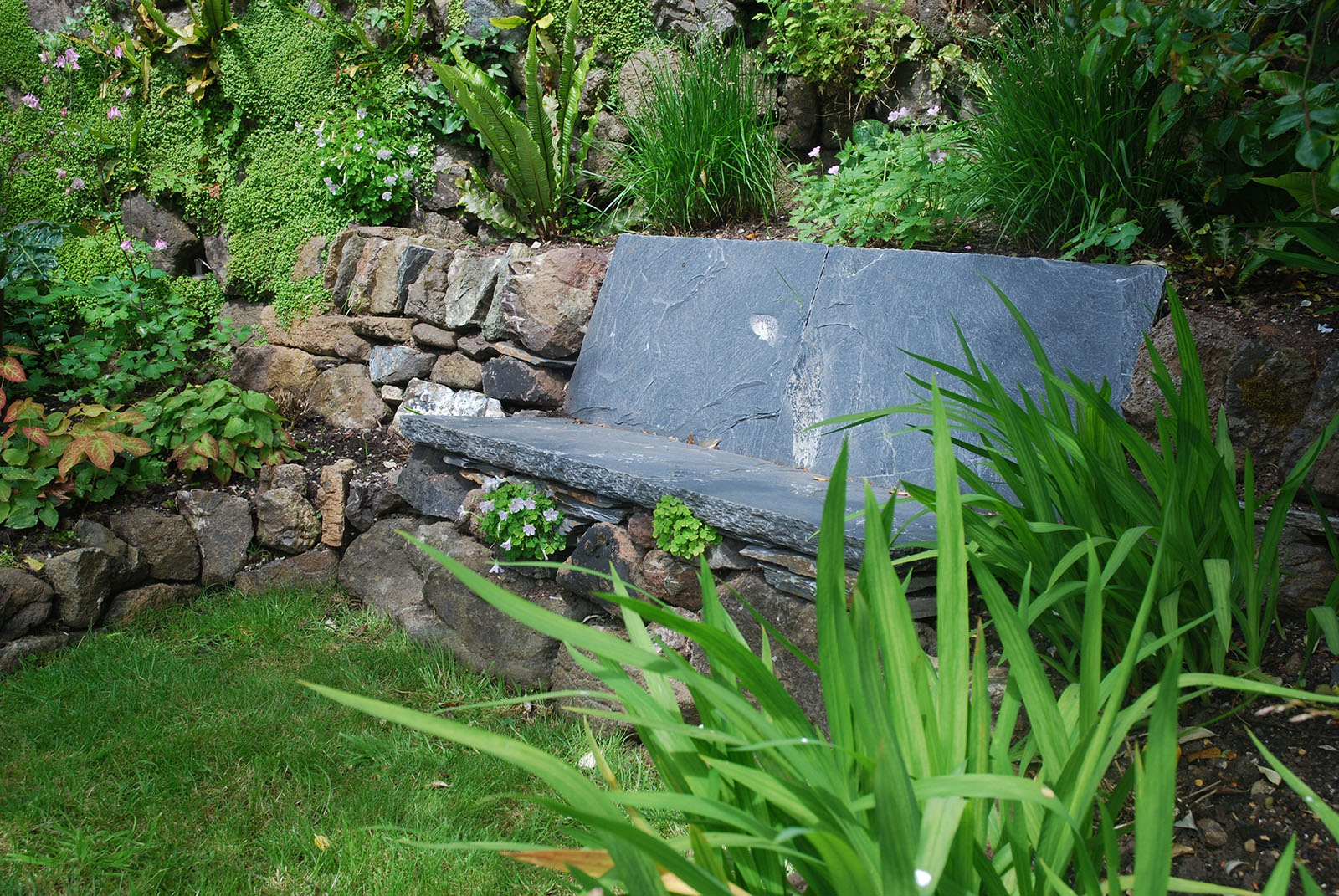
We often work in sensitive sites of ecological or historical conservation interest, or in landscapes where a building or garden must have minimal visual impact on its surroundings. Using materials and plants that reflect the geological and ecological richness of a place, or employing traditional techniques based on local knowledge of materials, is essential to the success of a project and can also improve prospects for planning applications.
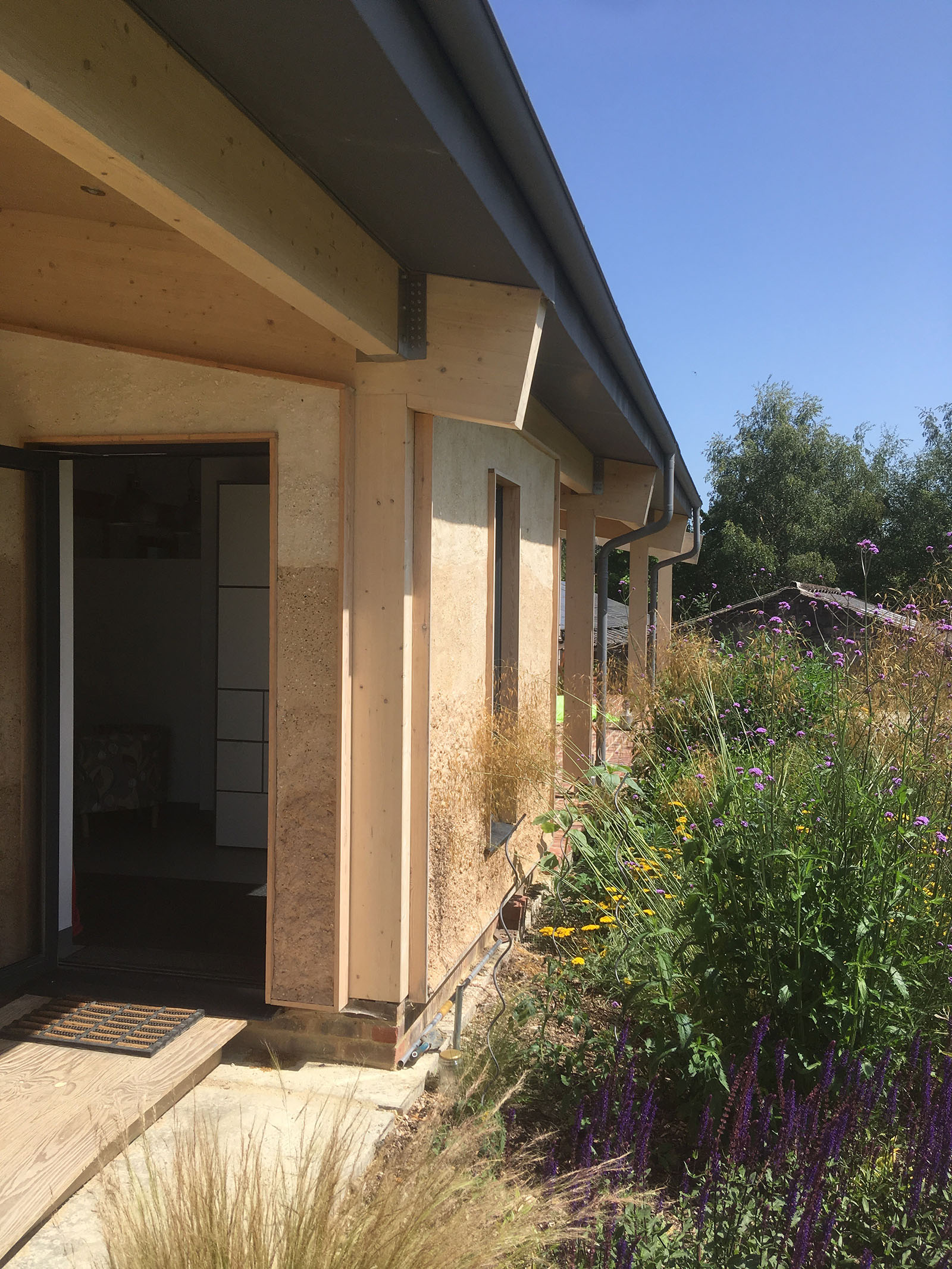
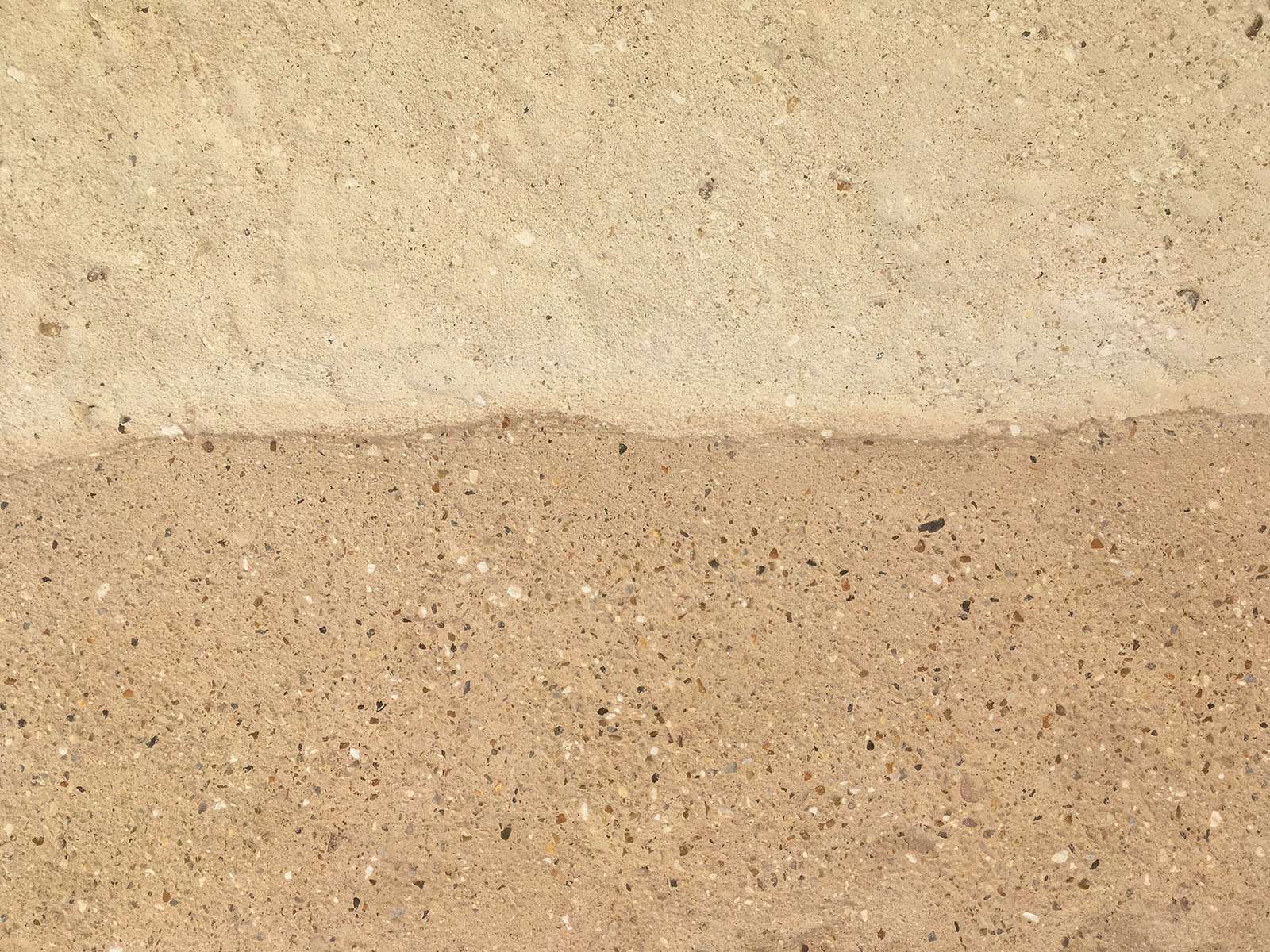
The careful use of resources from the site itself, or of those that arise as by-products of nearby landscape management, lessens the environmental impact of construction works and can even make a positive difference locally – these materials have lower embodied energy, lower transport miles and their use can reduce waste and contribute to a circular local economy.

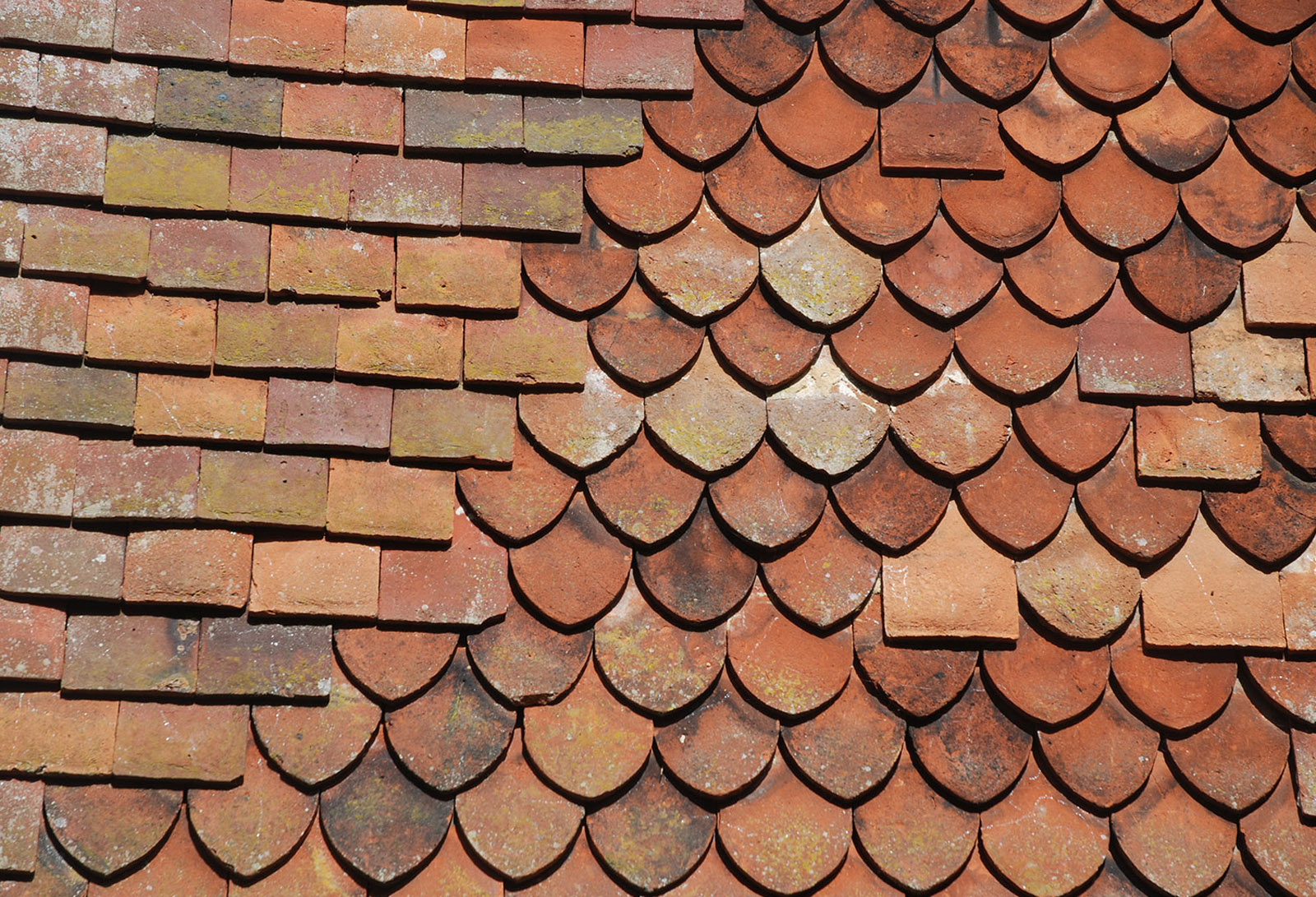
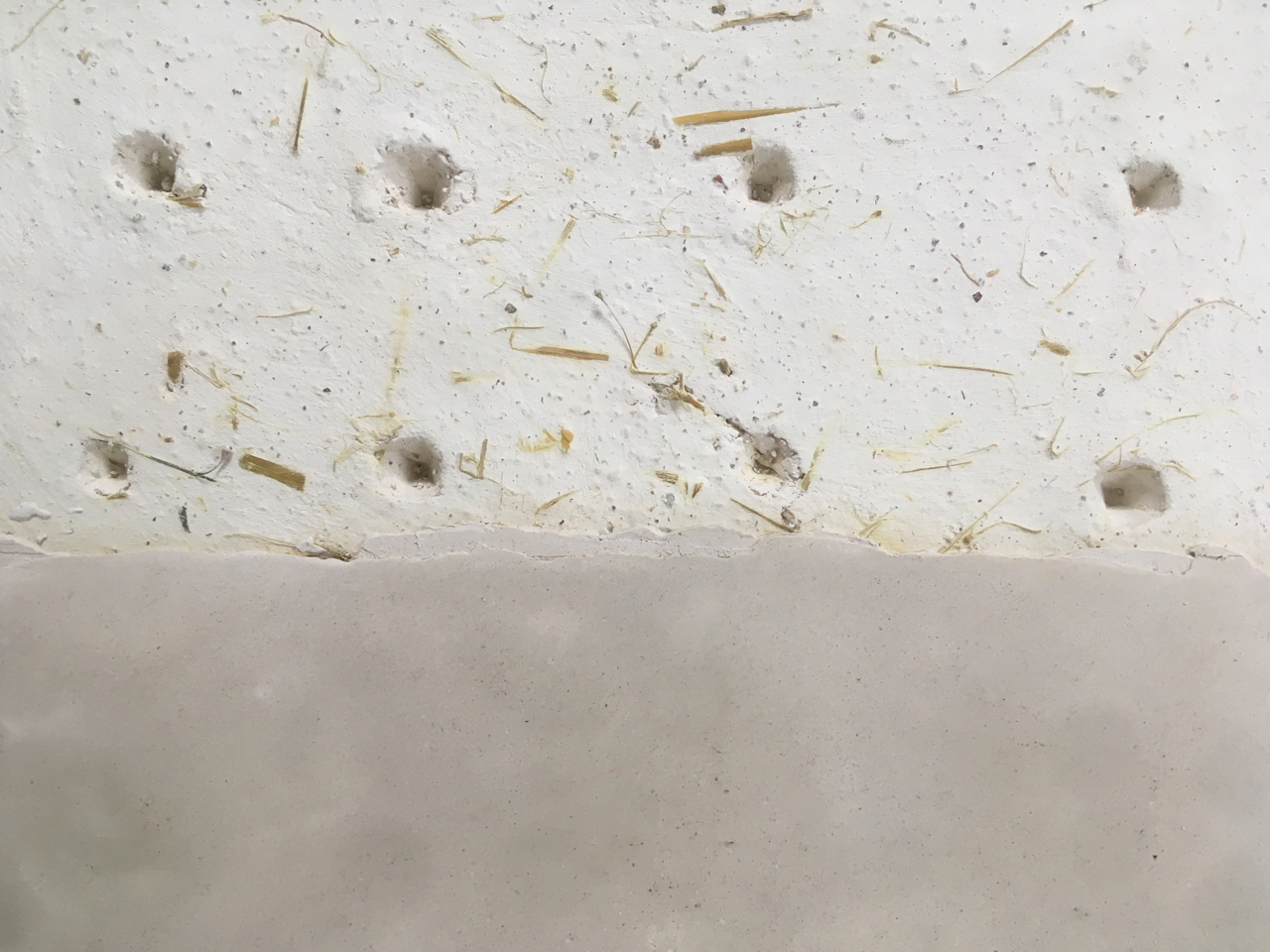
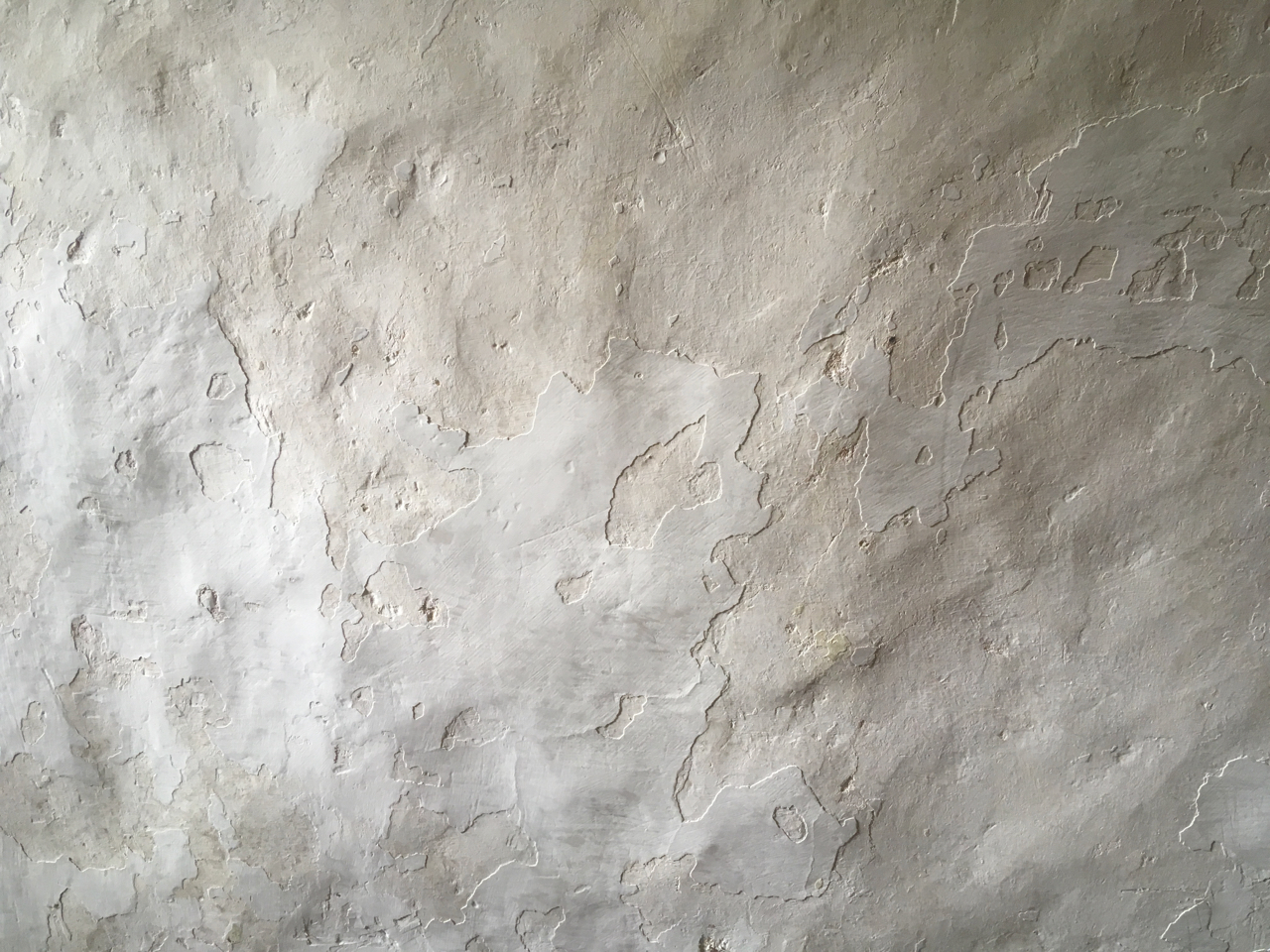
Read about: Chalk plasters from the landscape